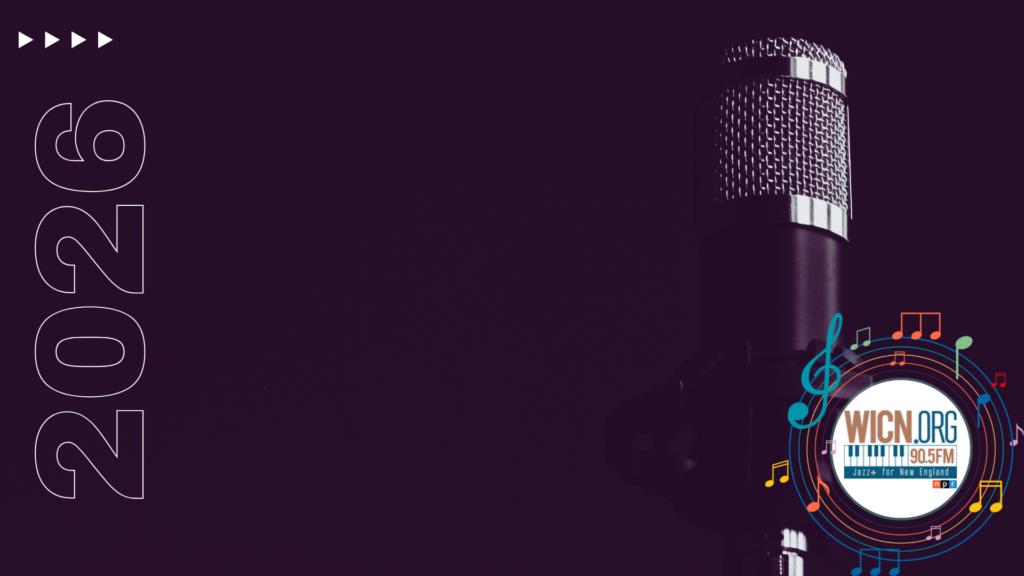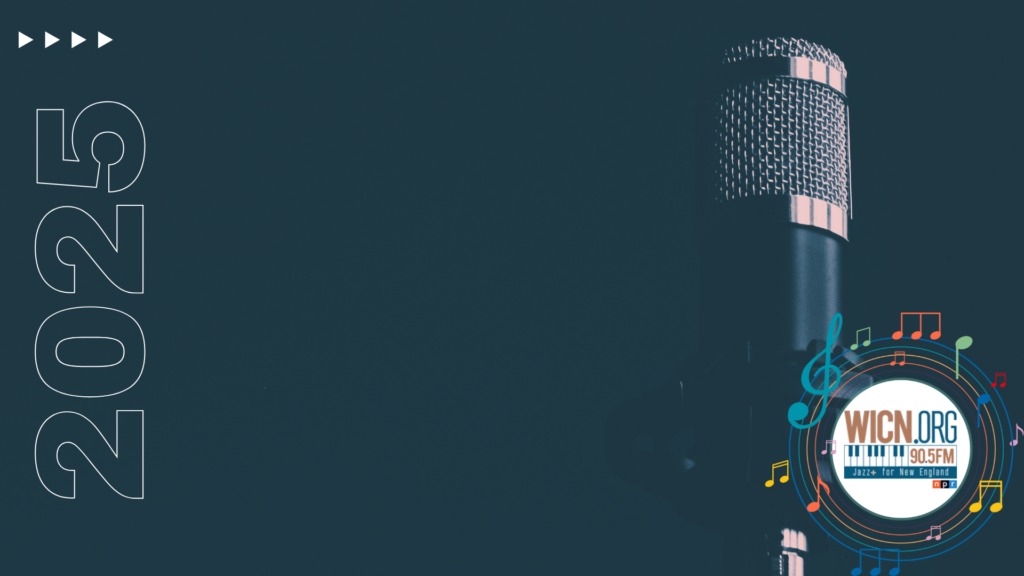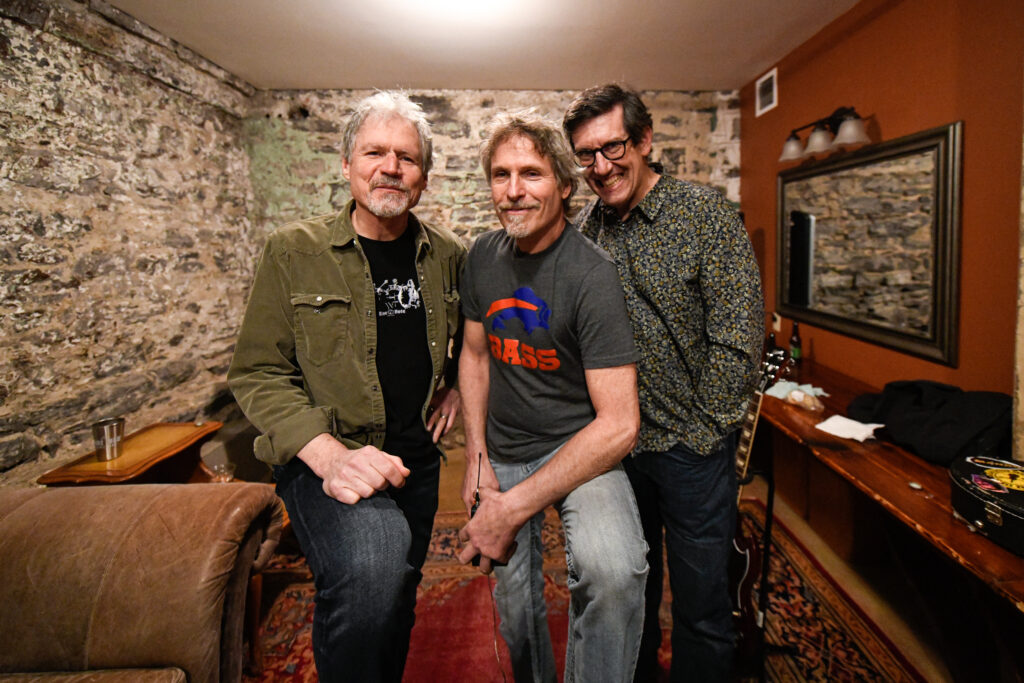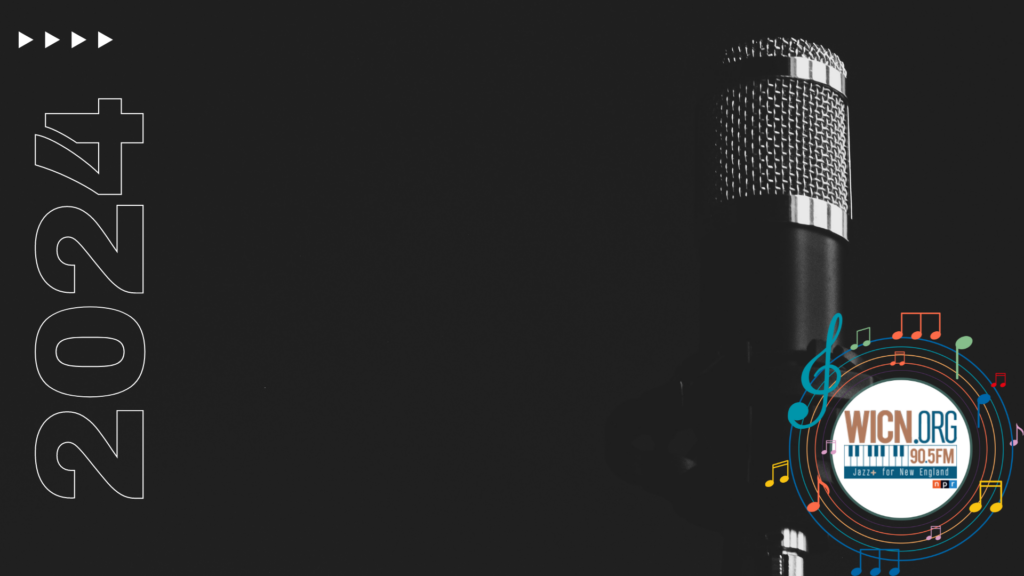WICN Artist of the Month, June 2024: Kenny Barron
Written by Doug Hall on June 1, 2024
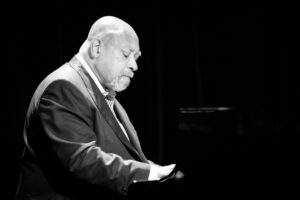
Kenny Barron // Oslo Jazzfestival // Kenny Barron // 2018-08-13 22:10:07 // Sentrum, Oslo, Oslo, Norway (NOR) /
In the jazz community, innumerable legendary bandleaders are familiar to jazz fans, yet often, it’s the sidemen at the core of that bandleader’s trio, quartet, or orchestra. At 83, Kenny Barron, pianist, composer, educator, and NEA jazz master, is the current statesman of piano accompaniment in jazz and a bandleader in his own right. As a jazz band’s chordal backbone and a superlative stylist, Barron has appeared on hundreds of recordings as sideman, and later as bandleader, and is considered one of the most influential mainstream jazz pianists since the bebop era.
In 1959, at 15 and still in high school, Barron was already seeking a direction in jazz, and finding early mentoring opportunities as a result. He gained the substantial benefit of being mentored musically by his brother, Bill Barron, a gifted tenor saxophonist and composer in his own right. Barron, as a teenager, would perform with saxophonist Jimmy Heath, Philly Joe Jones, Ted Curson, and later briefly tour with multi-instrumentalist Yusef Lateef, with whom he would continue a lifelong musical relationship.
Moving to the epicenter of jazz in New York City, he would be first directly influenced by the bebop era. Barron found a regular gig with bebop saxophonist and bandleader James Moody, putting him directly in musical connection with other bandleaders in the same New York City nightclub orbit, including alto-saxophonist Lou Donaldson, drummer Roy Haynes, and jazz trumpeter and composer, Lee Morgan.
Moody, his bandleader and mentor, would play a crucial role in bringing Barron to the attention of one of the leading pioneers of this radical genre, Dizzy Gillespie. Emerging his style and sense of chord voicing, he would perform with both Moody and Gillespie from ’62 – ’66, performing at clubs and festivals on both coasts and touring through France and England as well. This was an incredibly productive recording and performing period for Gillespie and his band, as Barron would serve as the core pianist on multiple albums released during that period, including Something Old, Something New (Philips, 1963), Dizzy Gillespie and the Double Six of Paris (Philips, 1963), Dizzy Goes to Hollywood (Philips, 1963), The Cool World (Philips, 1964) and I/We Has a Ball (Limelight, 1965).
Already earning a reputation for finding graceful, stylistically elegant phrasing and impeccable piano technique and accompaniment, bandleader and lifelong friend James Moody stated, “I’ve worked with Kenny a lot and I’ve never heard him make a mistake. He’s fantastic! And all of his solos sound like portraits.” In the late 60s, with the transition to hard bop and away from the complexity of bebop and towards more danceable, simpler melodies and slower tempo, Barron was in high demand.
In the late ’60s and early ’70s, he began a seminal musical relationship with several of the leading modern jazz bandleaders, which solidified his reputation as an adaptable sideman. He played piano for Stanley Turrentine, and in various configurations fronted by Freddie Hubbard from 1966 to 1970, accompanied the Buddy Rich Sextet, trumpeter Chet Baker, and the distinctive, passionate tenor saxophonist Booker Ervin.
During his three years with Hubbard, Barron would recall being pushed to the edge by the trumpeter’s experimental musical directions: “Hubbard’s music was really hard but allowed me to stretch out into areas that might be called avant-garde.” Additionally, during this same musical period of growth with Hubbard, he reflected in an interview, that sometimes the musical moment can reach a higher level, which he found with this trumpeter’s chemistry. “The Band (Hubbard’s band) transcended the moment, [that evening], we were reaching, lifting off the ground. And that’s what keeps you playing – trying to get back to that moment again.” Barron would become the essential core of Hubbard’s quartet and quintet, with recordings including The Black Angel (Atlantic, 1970), Outpost (Enja, 1981), and live, Freddie Hubbard Quintet: Live Under the Sky, Tokyo, 1982 (Equinox, 1982).
Many other high-water associations occurred during the ‘70s, including joining Ron Carter’s Quartet from 1976 to 1980 and co-founding Sphere, the jazz group that paid tribute to the legendary jazz pianist Thelonious “Sphere” Monk.
Most formidably, in the late ‘80s to mid-‘90s, Barron had a significant recording period with lyrical Bossa Nova stylist, saxophonist Stan Getz. In particular, the series of performances at the Montmartre in Copenhagen, Denmark was a stellar set now renowned for its “in the moment” synergy between Getz and Barron, Stan Getz/Kenny Barron: Café Montmartre (Verve, 2018), recordings made between ’87 and ’97. Jazz critic and author Gary Giddons spoke of the July ’87 live performance, Stan Getz Copenhagen 1987 Café Monmartre (Radiojazz, 1987) as “miraculous, they include some of the most candidly impassioned music ever recorded and represent a pinnacle in the art and lives of the musicians.” Barron recalled, “Stan played exceptionally well, giving every solo his all.” Jazz historians find a similarity in Getz’s and Barron’s early background (Philadelphia) and their emergence as child prodigies, and both beginning a professional working career at just 15 years old—that musically, “they rode the same wave.”
A dedicated teacher and mentor, Barron taught music theory, jazz composition, and arranging at Rutgers University from 1973 to 1998, managing a very busy professional schedule that simultaneously included touring, performing, and recording…not to mention a subsequent period teaching part-time at the Manhattan School of Music and Juilliard in New York City.
In the ‘90s, a particularly productive recording period with Verve included releases People Time, Other Places, Wanton Spirit, and Night and the City. These recording sessions would earn Barron 9 Grammy Award nominations, including People Time, showcasing an outstanding duet with Stan Getz.
In 2000, Barron further entrenched his reputation as both a piano virtuoso and journeyman artist. He issued solo, duo, and large ensemble recordings that further exhibited his range as a pianist, taking advantage of exceptional side men in each band arrangement. Spirit Song (Verve, 2006) was released to strong reviews and received a Grammy nomination, quickly followed by Freefall (Verve, 2006), featuring violinist Regina Carter, and then moving on to a quintet for 2010’s Images (POL, 2010). In 2012, Barron joined jazz vocalist Claire Martin on her release Too Much in Love to Care (Linn Records, 2018), adding his impeccable style to accompany her romantic vocal ballads.
In 2018, on his 75th birthday, Concentric Circles (Blue Note, 2018) was released, a high-water mark in this esteemed career, generating resoundingly strong reviews as he returned to a quintet formation. A younger selection of renowned sideman included drummer Jonathan Blake, bassist Kiyoshi Kitagawa, saxophonist Dayna Stephens, and trumpeter Mike Rodriguez. Barron reflected on his opportunity to compose more for this recording, “I’ve wanted to do a quintet date because I get to write more.” As reviewed by Matt Collar of AllMusic, “While Barron has never sounded anything short of virtuosic, his skills have only deepened over the years. He commands the album, framing his musicians with richly textured chord voicings one minute, and launching into evocative improvisational asides the next.”
Still performing and recording in his 80s, Barron’s 2024 release Beyond this Place would again find enthusiastic critical responses. Michael Ullman of The Art Fuse stated, “The spirited restraint of the pianist’s playing — its omnipresent precision and clarity — sounds contemporary and fresh. I get the feeling that Barron is what you would call a chameleonic pianist: he can sound any way he wants. Barron’s had a career of over sixty years, and he continues to enthrall.”
Aside from his accolades and awards, including NEA Jazz Master, 13-time Grammy nominee, and DownBeat Hall of Famer, Barron stands with few other musicians as a link to the past of modern jazz as a genre. Accompanying bandleaders Dizzy Gillespie, Buddy Rich, Stan Getz, Freddie Hubbard, and many other musical pillars, from bebop, hard-bop, and beyond, Barron is part of this foundation. As stated in a recent congratulatory press release, “he is arguably the greatest jazz pianist currently at work and a still-thriving link to jazz’s midcentury golden age.”
